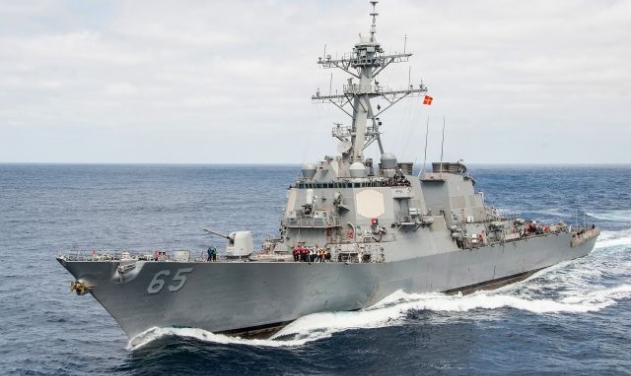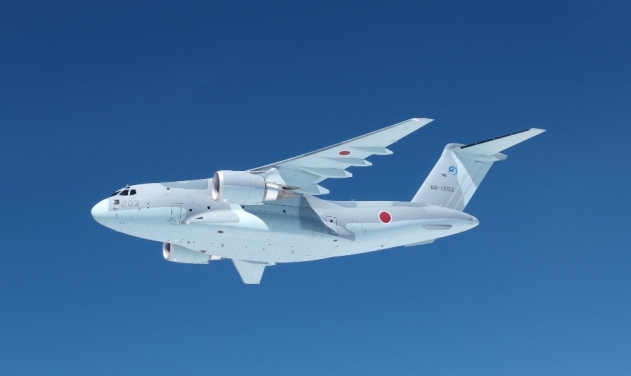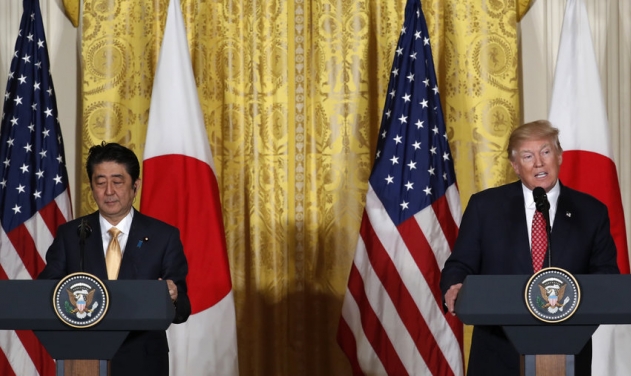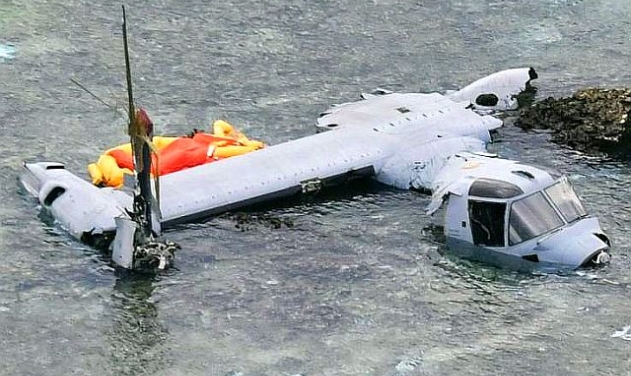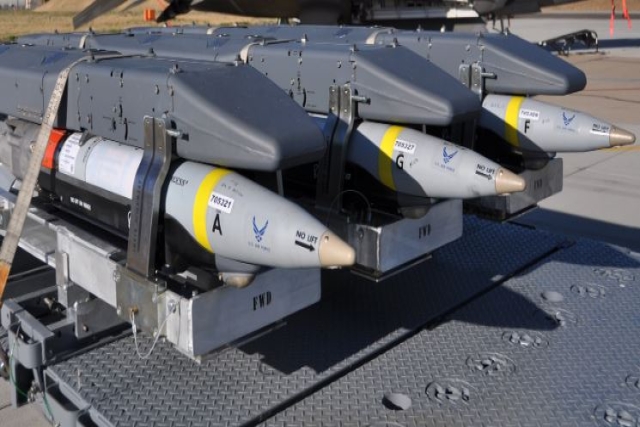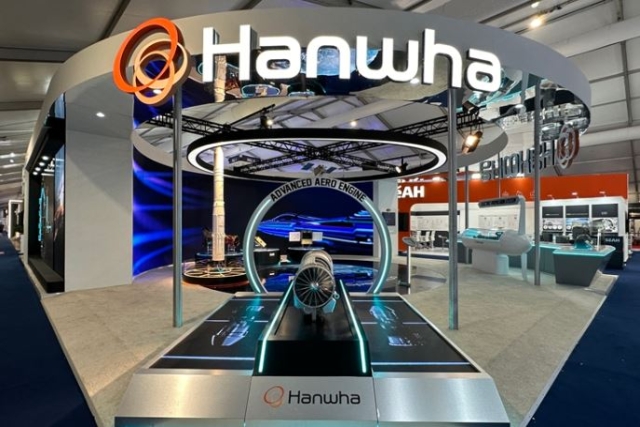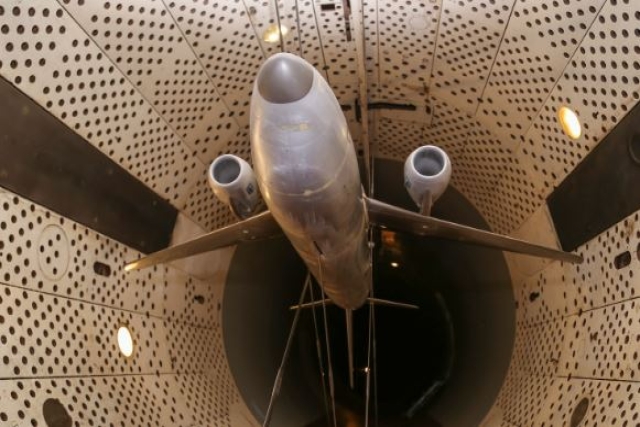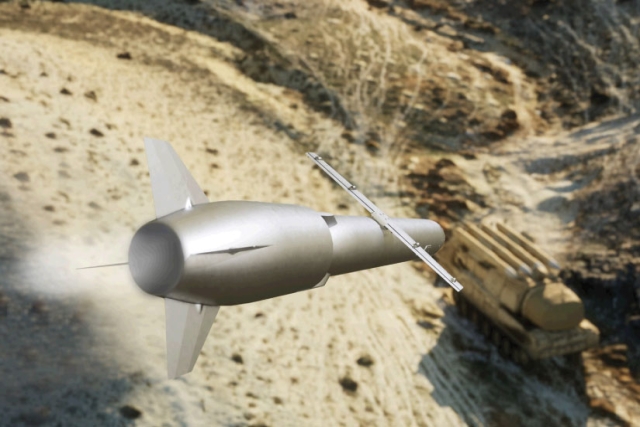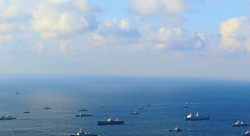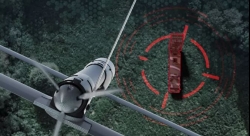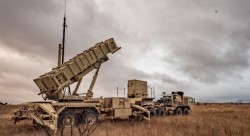US, Japan Conduct Strategic Bomber Drills near North Korea in August
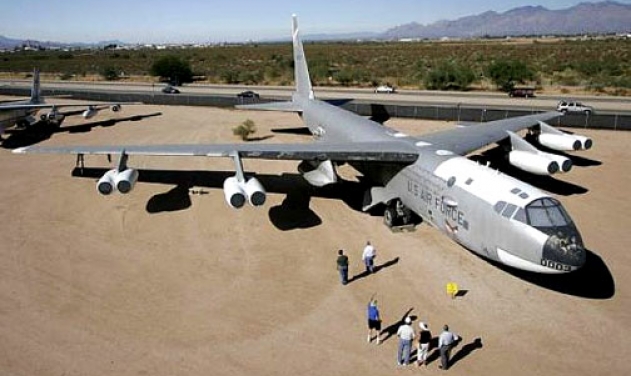
The USAF and Japan’s Air Self-defense Force held drills with two nuclear-capable B-52 bombers near North Korea in August.
“Two US Air Force B-52 Stratofortress’ assigned to 2nd Bomb Wing, Barksdale Air Force Base, Louisiana, flew from Barksdale to conduct training with two Koku-Jieitai (Air Self-Defense Force) F-15 fighter jets over the Sea of Japan, Aug. 22, 2017,” US Pacific Air Forces spokeswoman Lt. Col. Lori Hodge was quoted as saying in an email by The Japan Times Friday.
The US military said that while it does not maintain log records of past B-52 training operations, the August mission was the first in the last year.
The timing of the mission would put it as North Korea’s ramped-up schedule of missile tests hit a crescendo with two launches over Japan and a sixth nuclear test, which was its most powerful.
Japanese media reports citing anonymous government officials had earlier this week reported the rare flight, saying that the B-52s had flown from the Pacific Ocean side of Japan over the Tohoku region to link up with F-15 fighters based at the ASDF’s Komatsu Airbase in Ishikawa Prefecture.
In order to adhere to Japan’s three non-nuclear principles of not possessing, producing or allowing the introduction of atomic weapons into the country, the government reportedly confirmed prior to the drill that the B-52s were not armed with nuclear weapons.
The B-52 is a long-range, heavy bomber that can perform a variety of missions, according to the U.S. Air Force. It is capable of flying at high subsonic speeds at altitudes up to 50,000 feet (15,170 meters) and has an unrefueled combat range in excess of 8,800 miles (14,080 kilometers). It can carry nuclear or precision-guided conventional ordnance.
The ASDF has trained regularly with U.S. B-1B bombers in Japanese airspace. The B-1B, originally developed to carry atomic weapons, was converted to its exclusively conventional combat role in the mid-1990s to adhere to nuclear nonproliferation treaties, and is no longer nuclear-capable. It can, however, carry the largest payload of both guided and unguided weapons in the U.S. Air Force’s inventory.
The Self-Defense Forces and U.S. military have stepped up their joint training amid North Korea’s nuclear saber-rattling in recent months, including a massive show of naval force in the waters near North Korea earlier this month that involved three US aircraft carriers.
